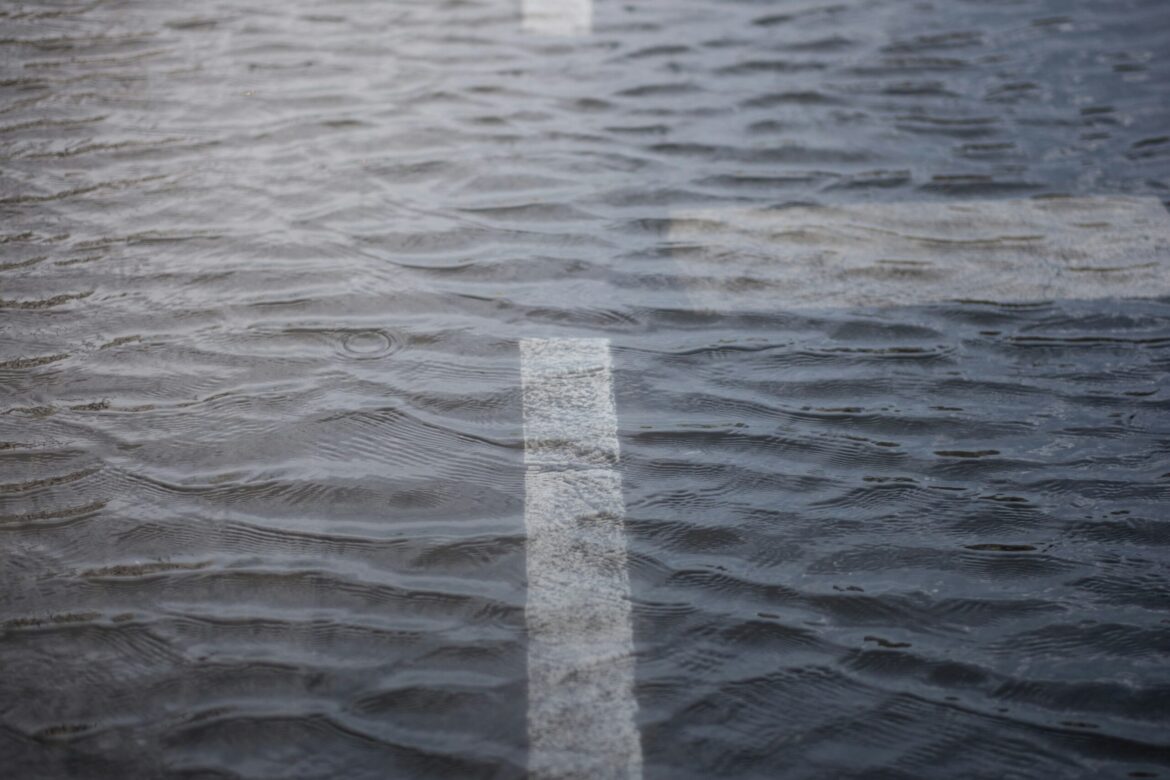Southern California was struck by a series of powerful storms in early October, bringing unprecedented rainfall and flash floods that left the region grappling with extensive damage. The storms, caused by a Pacific atmospheric river event, shattered rainfall records in cities like Los Angeles, Santa Barbara, and San Diego, turning roads into rivers and submerging homes in floodwaters. The magnitude of the storm event was unlike anything the region had seen in recent years, overwhelming infrastructure and creating widespread disruption.
In some areas, more than 8 inches of rain fell in a 24-hour period, breaking records and causing severe flooding. The sudden deluge overwhelmed local drainage systems, leading to flash floods across urban and rural areas. Highways, including the crucial 101 Freeway through Ventura County, were shut down for several hours as floodwaters surged, trapping motorists and stranding commuters. The National Weather Service issued widespread flash flood warnings across the region, with many areas experiencing rainfall totals that were double the average precipitation expected for October, all within just one day.
The storm’s effects were not confined to flooding alone. The heavy rain also caused significant damage to infrastructure, with sinkholes and mudslides impacting both urban centers and more remote rural areas. In Malibu, for example, several homes were either damaged or completely destroyed by mudslides, while roads became impassable due to debris flows. Crews were immediately deployed to clear blocked roads and restore utilities, but the recovery process has been slow. Thousands of residents were forced to evacuate, as rapidly rising waters flooded entire neighborhoods, leaving many without shelter and basic services.
The sheer scale of the flooding prompted a quick response from local authorities, who mobilized emergency services and shelters to support displaced residents. As floodwaters receded, the true extent of the damage became clearer, with some communities still struggling to cope with the aftermath. Local governments are now calling for substantial investments in flood control infrastructure to better prepare for future storms, emphasizing the need for improved drainage systems and levees that can handle such unprecedented rainfall.
While the damage to infrastructure has been significant, the storms did provide some relief to Southern California’s long-running drought, particularly in areas that have faced persistent water shortages. Reservoirs and groundwater supplies have benefitted from the rain, easing some of the strain on the region’s water resources. However, experts caution that while the rain helped alleviate drought conditions, the damage caused by the storms highlights the need for long-term planning and investment in flood prevention systems to mitigate the impact of future extreme weather events.
The devastating floods in October 2023 have served as a stark reminder of the vulnerabilities in Southern California’s infrastructure, particularly when it comes to extreme weather events. As the region faces the reality of more frequent and severe storms due to climate change, local leaders are emphasizing the importance of adapting infrastructure and policies to be more resilient in the face of these challenges. In the coming months, experts predict that similar storms could become more common, making it critical for the region to prioritize both flood prevention and effective water management strategies.
For more on the October storms in Southern California, visit: LA Times – October Storms.

